Increased Efficiency + Better Experience
Successful carriers are always considering how they can develop different aspects of their business to lower costs and improve recruiting and employee retention. Orientation is one of the areas where carriers can and should spend time thinking about improving the process. Orientation represents a significant investment on the part of every carrier’s business. It can have a considerable impact on the employee experience; in fact, this important facet of onboarding new employees can set the tone for the rest of the time they spend with your company. For this reason, improving the orientation process for new drivers is an important issue that should be revisited regularly.
Optimize Orientation
There are countless ways to go about finding ways to improve orientation, depending on the current practices and needs of your business. They end up falling into one of two broad categories: reduce the time spent on orientation, or use the time spent in orientation more effectively. Of course, these two categories of improvements are not mutually exclusive. Many carriers opt for a both/and approach to optimizing their orientation process. The common element of both of these approaches is to minimize the mundane activities that take up precious time during orientation, and to move as many of these activities as possible online.
Digital Tasks Prior to Orientation
Enabling tasks to be completed electronically gives carriers more flexibility with space and time constraints, so they can rearrange their onboarding and orientation to better fit their overall goals. It even gives carriers the ability to tailor onboarding to better address the needs of different types of drivers. For example, using an online onboarding process, carriers can follow up with drivers who aren’t completing the steps on time with a personalized video voicemail to remind them they have forms or training courses to complete, increasing the chances these drivers will show up ready to orientation. These are changes that carriers wouldn’t have had the time or space to do with an on-site orientation. Tasks like completing forms, viewing training material, document collection, and determining tax credit eligibility can be moved online, creating some fundamental savings, and allowing new employees to complete them electronically on-site or before orientation even begins.
"electronic onboarding processes can achieve overall savings of 25-40 percent"
Savings come from more efficient use of driver time, better legibility/easier validation (electronic forms eliminate chicken scratch and half completed forms), improved tracking of paperwork (no more manual check-lists to make sure each attendee has completed all required paperwork), and not needing to use subject-matter experts to repeatedly conduct the same training at each orientation location. Depending on the specifics of each business and what changes are made, carriers using electronic onboarding processes can achieve overall savings of 25-40 percent. These savings can be spent in a variety of ways, and how carriers choose to re-invest those savings is up to them.
Shorter or Deeper Experience
The changes you ultimately choose to make in your orientation process will depend on your company culture, current business practices, and your goals for the orientation process. Some carriers opt to move as much of their orientation online as possible, so that it’s completed before the driver arrives at on-site orientation. These carriers encourage their drivers to complete about four hours of forms and basic training before arriving, because they place value on getting their new drivers on the road and earning money as quickly as possible. Other carriers may opt to have drivers complete all the steps in orientation while physically at the carrier’s facility. These carriers view this option as a way to give their drivers a better, more personal experience with their company, and use time savings afforded by electronic forms and training materials utilized on-site to spend more time integrating the driver into the company and introducing them to important personnel like Bob from maintenance, or Doris from payroll. Still other carriers ask drivers to complete most of their paperwork and routine tasks online, and may either shorten the orientation or use the time saved to deepen the orientation experience.
In all of these approaches, a significant time and monetary savings can be achieved in the assembly of training materials and completing and tracking drivers’ files, whether a paperless DQF system is used or not. Depending on the size and structure of the carrier, this time can be moved into the recruiting department or onto other tasks in safety. The right mix of which tasks to move online or keep on-site ultimately depends on the specific goals and circumstances of each carrier. Tenstreet can be a valuable resource for any carrier looking to improve their orientation process. We’ve helped carriers complete countless onboarding events, and know what works and what doesn’t.



